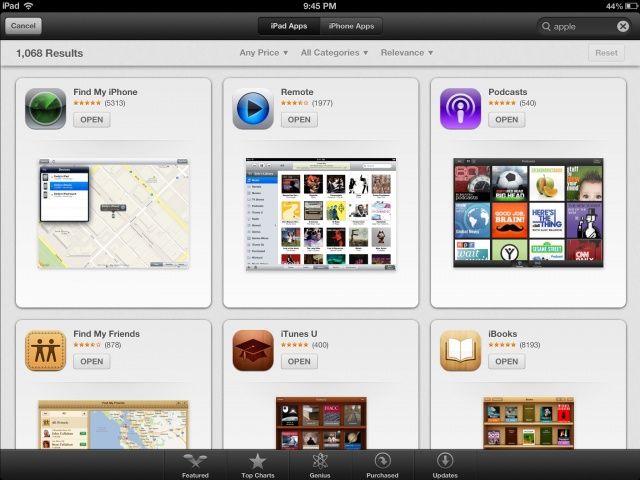The world of mobile apps is a large one, full of mystery and intrigue. But what mobile app facts are you missing out on? Find out here.
Most people know their Angry Birds from their Flappy Bird and their Candy Crush Saga from their Fruit Ninja and a fair few may even know the difference between the four developers behind them. But for the majority of those who don’t follow the mobile app market, there are common misconceptions and incorrect data in the public eye that show that most know the same amount about mobile apps as we do about Area 51, i.e not a great deal. So, here to dispel these untruths and boost your knowledge like the easiest 5 minute long class that you’ve ever attended, is this post and you can read on to find out 5 important facts that you never knew about mobile apps.
1. Freemium Apps Aren’t the Best Way for Businesses to Make Money
In the past few years or so, a new game type has emerged: free to play. This enticing level of freebie-ism draws players in with the hope that a small percentage of players will become paid customers, shelling out real money for extra in-game currency, new levels or content. In some cases, it has proved successful, with Candy Crush being a fantastic example of how frustration has led players to pay money to access new levels, but contrary to popular belief, there are better ways for devs to make a profit. According to the statistics, which show that 37% of mobile users in the US have clicked an ad in a mobile app, good ol’ fashioned PPC (pay-per-click) advertising is still a smart way to go for those that don’t want to implement or annoy their users with a freemium system, showing that the old guard isn’t quite being phased out due to unpopularity just yet.
2. The Most Used Mobile Apps Aren’t Games
This one is harder to believe because the games are the ones that get most of the headlines. The public’s love of fun causes us to be vocal, loud and excitable when it comes to talking about the mobile game that is whittling away our time, but in reality, we’re quite frond of more practical mobile apps too. Specifically shopping apps, where the statistic that 47% of US smartphone owners use shopping apps, which they access a whopping 17 times a month, is particularly brick and mortar store bothering as it shows that and proves that smartphones are not just games consoles with pared down screens and specs.
3. Mobile Apps on iOS Don’t Make a Massive Amount of Money
It’s true, they do, but only if you have millions of investor capital, a killer concept and at least 5 lucky horseshoes in your collection. Not every game can earn money like a Zynga, Rovio or King branded title, despite the headlines boldly announcing their successes, with the stat that the global average revenue per download from Apple’s App Store being just 19 cents per download, as of Q2 2012. That figure is the result of a decline from 24 cents at the end of 2011. The statistics may have changed for the App Store since, but with Android’s continued dominance in the mobile market, that figure has likely decreased.
4. The Mobile App Market Isn’t a Level Playing Field
While it’s been mentioned that the likes of Zynga and King do incredibly well for themselves, there are some who do believe that there is little to know disparity in the chance of garnering a massive mobile app made wealth. That’s not the case and there’s a statistic to prove it, with the top 25 iOS and Android apps accounting for 15% of app revenue in 2012. That’s not quite a 1% vs 99% type figure but without these top 25 apps, both Apple and Google (the creators of Android)’s bottom lines but be severely damaged.
5. iOS and Android Aren’t the Best Places to Release a Mobile App
This is another easy to believe misconception as the massive popularity of the iOS and Android operating systems makes their respective app marketplaces great places to release an app but consider Windows 8, perhaps the third place contender, where there are fewer available apps and therefore the chance of having an app become successful on the operating system is far greater. This is something that many developers realise, with 57% of mobile app developers planning to develop apps for Windows Phone, suggesting that there is a large, untapped, Microsoft branded market looking to be broken into.
6. Only 2.2% Of F2P Players Spend Money
Free to play (F2P) is one of the most popular monetisation methods in mobile gaming, as mentioned, so you’ll be shocked to know that it’s actually incredibly inefficient for developers to earn money this way and that more players than you think never spend a dime on the free to play games that many of us have downloaded.
Surveying the gaming habits of 10 million players, analyst firm Swrve found that just 2.2% of those players spent money on free to play games during the 90 days during which their gaming was monitored. Not only that but around 53% of gamers spent money within the first 7 days of downloading a game and two thirds of free to play players reportedly stop playing the game after a day, making for some shocking statistics about mobile gaming.
Be social! Follow Walyou on Facebook and Twitter, and read more related stories 5 Apps We Want to See on Google Glass, Nintendo Confirms Development of Smartphone Apps and Games











